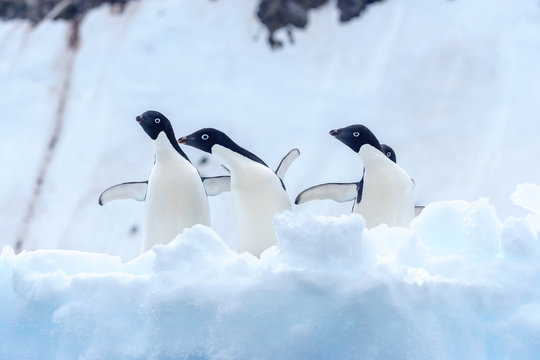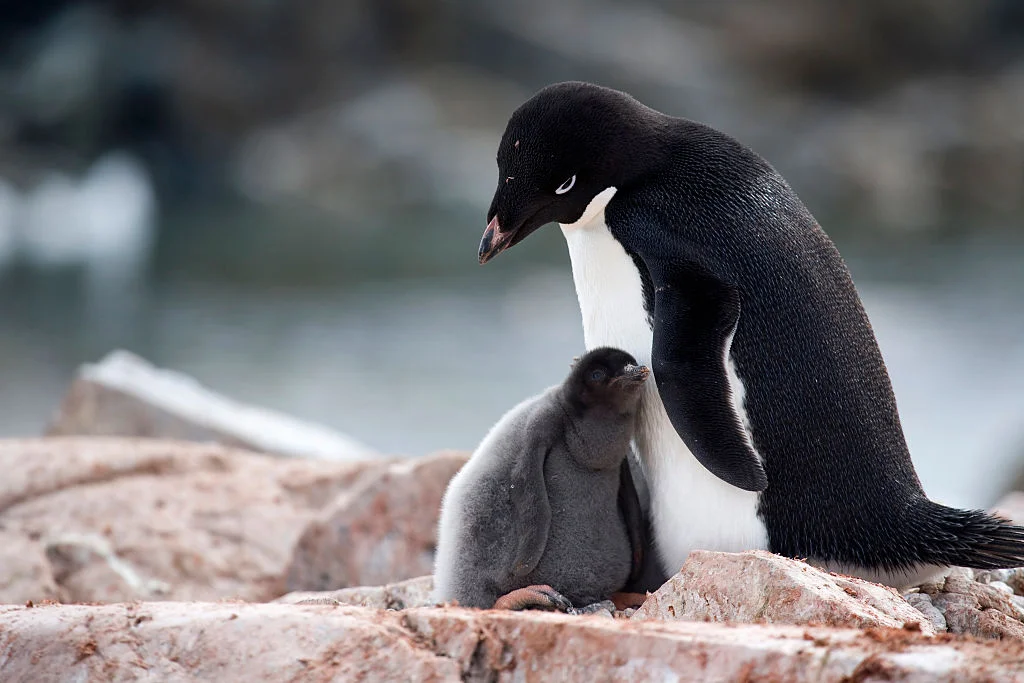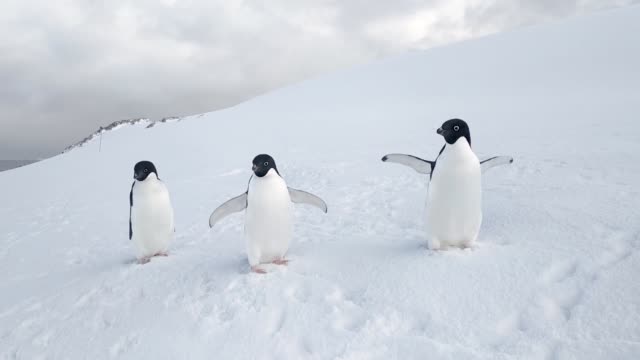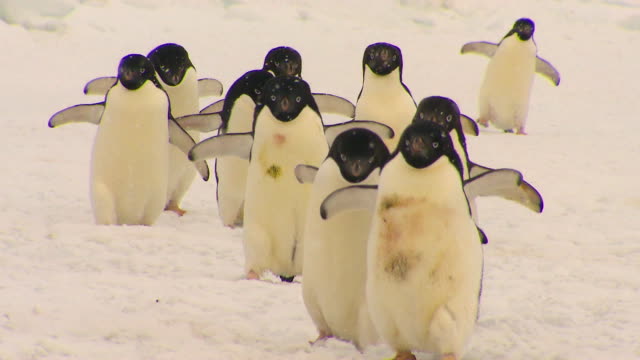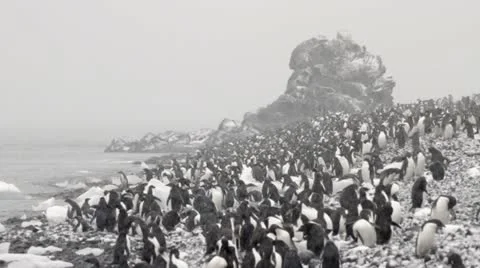Adélie penguins are one of the most iconic and beloved species of penguins in the world. With their distinctive black and white plumage, charming waddle, and endearing personalities, these birds have captured the hearts of people around the globe. In this article, we will explore the fascinating world of Adélie penguins, from their biology and behavior to their habitat and conservation status.
Adélie penguins (Pygoscelis adeliae) are a species of flightless seabirds that are native to Antarctica and the surrounding sub-Antarctic islands. They are small in size, standing at around 18 to 30 inches tall and weighing between 8 to 13 pounds. Adélie penguins are well adapted to their harsh environment, with dense feathers that provide excellent insulation and a layer of blubber to help them stay warm.
Adélie penguins are social creatures, and they typically live in large colonies that can number in the tens of thousands. During breeding season, these penguins mate and lay eggs in nests made of stones and pebbles. Adélie penguins are known for their elaborate courtship rituals, which can include singing, bowing, and preening. Once the eggs are laid, both parents take turns incubating them and caring for the chicks.
Adélie penguins are also known for their incredible swimming abilities. These birds can dive up to 575 feet deep and can stay underwater for up to six minutes. They use their wings to swim through the water, propelling themselves at speeds of up to 22 miles per hour.
As mentioned earlier, Adélie penguins are native to Antarctica and the surrounding sub-Antarctic islands. They prefer to live in areas with rocky beaches, ice-free areas, and plenty of access to the ocean for fishing. Adélie penguins are highly adapted to their cold environment and can survive in temperatures as low as -40 degrees Fahrenheit.
Adélie penguins are considered a near-threatened species by the International Union for Conservation of Nature (IUCN). While their populations are currently stable, they are at risk from a number of threats, including climate change, overfishing, and pollution. As the Earth’s temperature continues to rise, the Adélie penguin’s habitat is expected to shrink, putting their survival at risk. Additionally, overfishing and pollution can impact the availability of food sources for these birds, further endangering their populations.
Efforts are underway to protect Adélie penguins and their habitats. In 2016, a 600,000 square mile area of the Ross Sea in Antarctica was declared a Marine Protected Area, providing important protections for the Adélie penguin and other vulnerable species. Conservation groups are also working to reduce plastic pollution and promote sustainable fishing practices in the Southern Ocean.
In conclusion, Adélie penguins are a fascinating and beloved species of penguin that are well adapted to their harsh Antarctic environment. While they face a number of threats to their survival, there are efforts underway to protect these birds and their habitats. As we continue to learn more about Adélie penguins and the challenges they face, it is our responsibility to work towards a sustainable future that protects these amazing creatures for generations to come.
